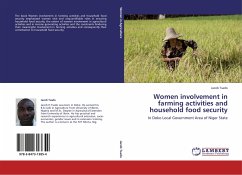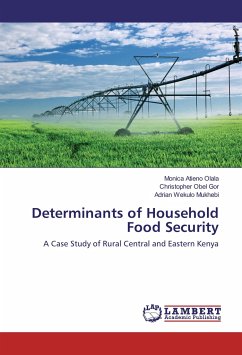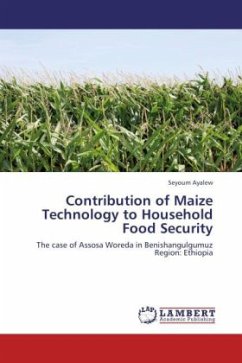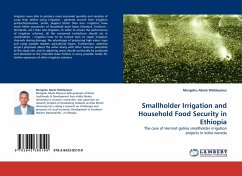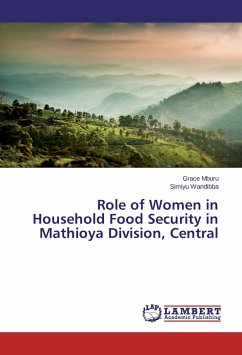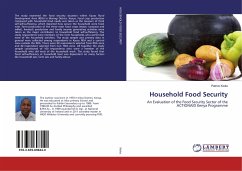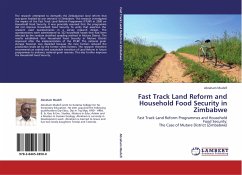This book focuses on the socio-economic characteristics of fish farmers and their practices; opportunities and challenges facing fish farming development; effect of fish farming on household food security and livelihoods and strategic options for improving fish farming for enhancing household food security and livelihoods in Western Kenya. Kenyan fish farming potential has been underexploited and it remains under developed where pond productivity is low and not rising, despite the effort of several players. Capture fish in Lake Victoria and rivers has subsequently declined due to overfishing and influence of water hyacinth. Fish farming has accounted for only about 3% of total fish production until the introduction of the Fish Farming Enterprise Productivity Program in 2009 a programme by Kenyan Government initiatives to stimulate economic development and foster economic recovery, poverty alleviation and spur development. The challenges facing fish farming development in Kenya isshortage of good quality seed and feeds. Tilapia species is mostly cultured because of the following attributes; grows faster, breeds easily in ponds, tolerates a wide range of environmental conditions.
Bitte wählen Sie Ihr Anliegen aus.
Rechnungen
Retourenschein anfordern
Bestellstatus
Storno


